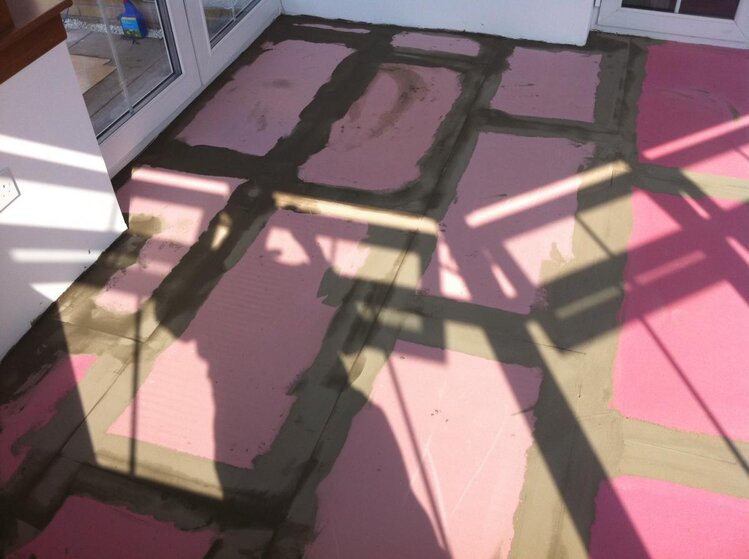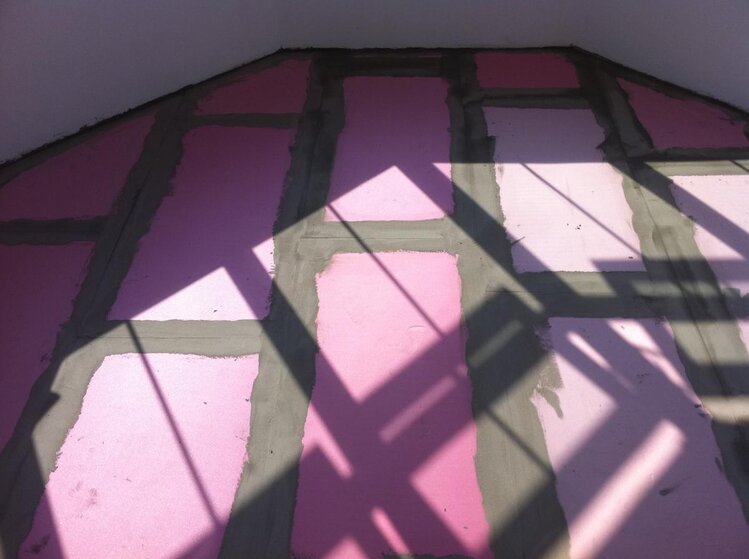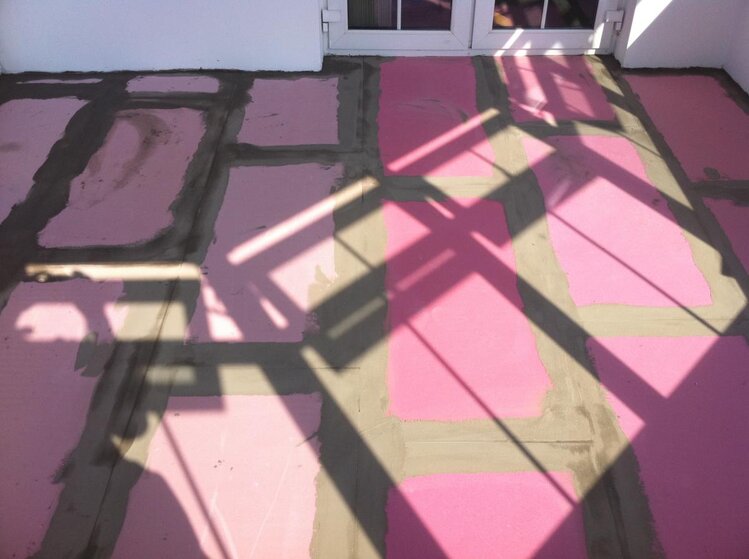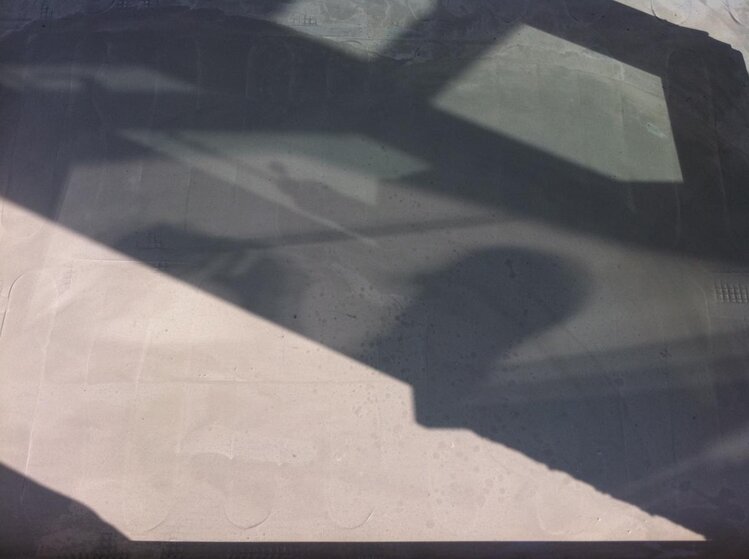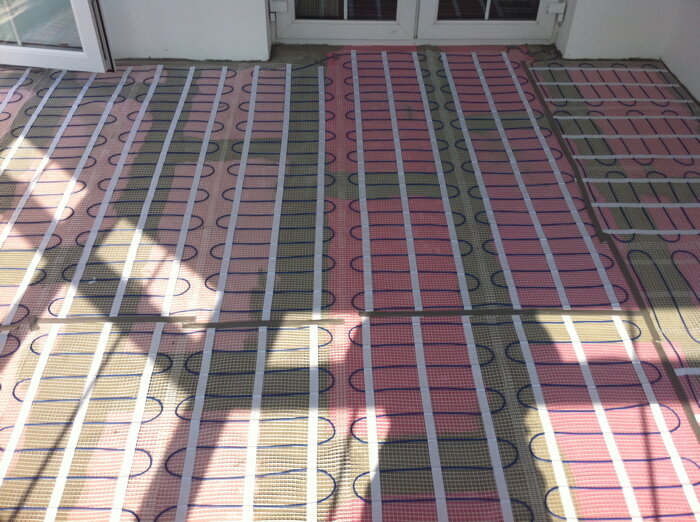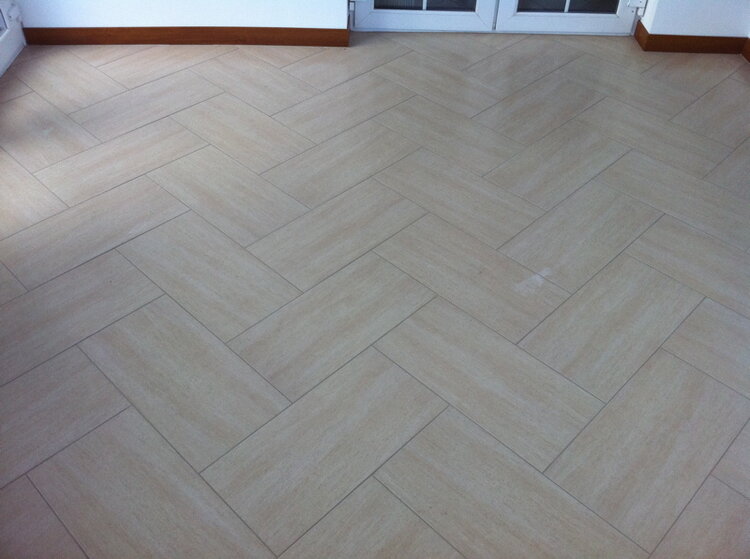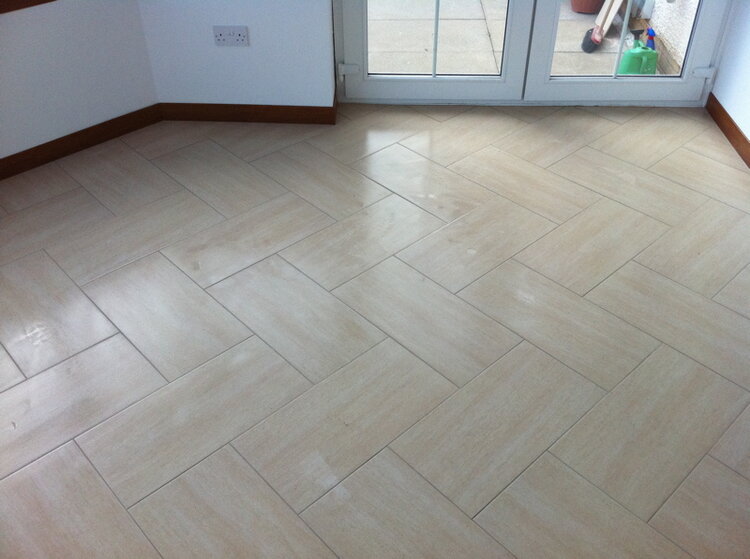M
marktiling
Hi
Has any one used XPS Thermal board (from the Underfloor heating store) ?
They are considerably cheaper than kerdi boards / wedi boards etc
I know you get what you pay for but these boards have very similar properties IE. thermal performance, resistance, strength etc
Area I am thinking using them is on concrete floor with UFH matts on top.
Thanks
Mark
Has any one used XPS Thermal board (from the Underfloor heating store) ?
They are considerably cheaper than kerdi boards / wedi boards etc
I know you get what you pay for but these boards have very similar properties IE. thermal performance, resistance, strength etc
Area I am thinking using them is on concrete floor with UFH matts on top.
Thanks
Mark


